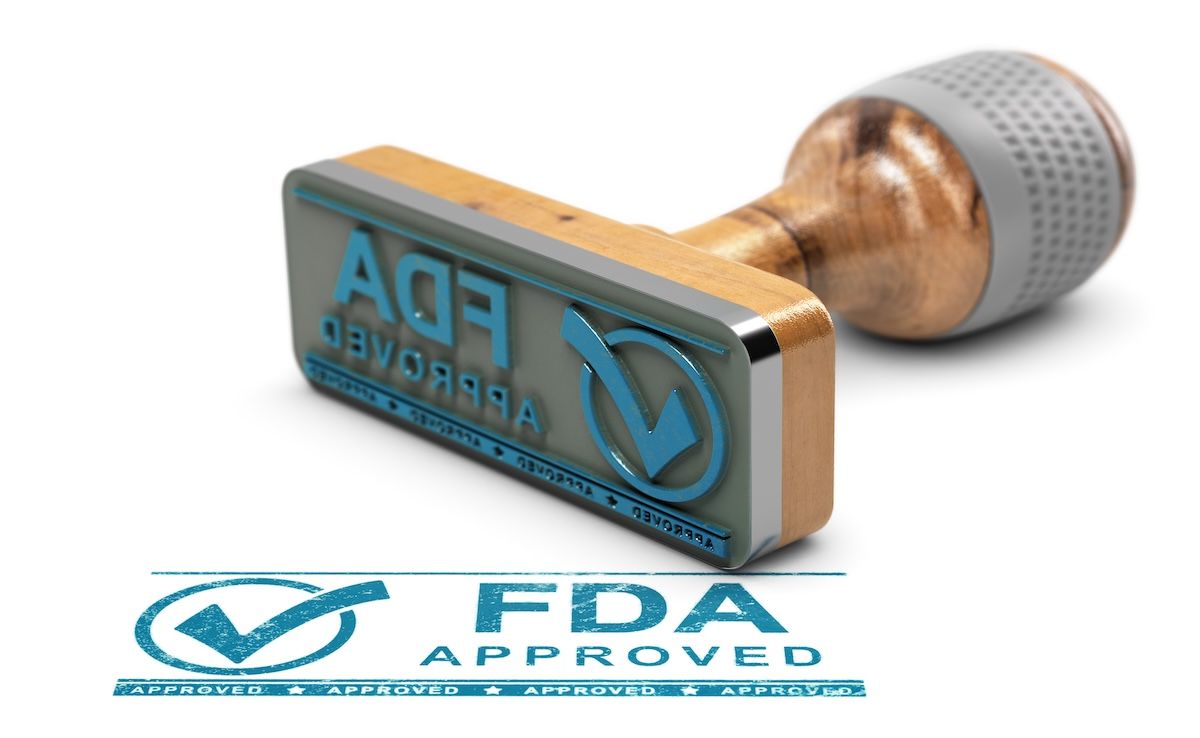News
Article
Top 5 Most-Read Articles on Myasthenia Gravis in 2024
Author(s):
Review the most impactful news about myasthenia gravis (MG) in 2024.
The top 5 most-read articles on myasthenia gravis.
Image Credit: syahrir-stock.adobe.com

In 2024, the field of myasthenia gravis (MG) saw many developments from clinical trials of new treatments, including batoclimab, which have shown promise in improving patient outcomes, as well as increasing treatment market projections. New potential triggers for myasthenic crises and the impact of certain medications, such as statins, on symptom severity were also examined. Additionally, this year’s FDA drug approvals and the relationship between MG and other autoimmune conditions were pivotal, emphasizing the evolving understanding of MG and the search for more effective, targeted therapies in its management.
Read more about the most-read articles on MG in 2024.
5. Batoclimab Outperforms Placebo in Phase 3 Generalized MG Trial
Significant improvement was observed in patients with generalized MG (gMG) treated with batoclimab when compared with placebo in a phase 3 clinical trial. The fully humanized monoclonal antibody is designed to target the neonatal Fc receptor (FcRn). The study involved 132 participants, primarily women, who received 6 weekly subcutaneous injections of batoclimab or placebo. Batoclimab led to a 58.2% sustained improvement in MG Activities of Daily Living (MG-ADL) scores among antibody-positive patients, compared with 31.3% in the placebo group, and resulted in a rapid 70.8% reduction in serum IgG levels and an 81.1% reduction in acetylcholine receptor antibody levels by week 6. Despite promising results, limitations included minimal representation of AChR/MuSK-negative patients and insufficient long-term safety data, with further research underway in an open-label extension trial.
4. Case Study: Hair Dye Containing MIT Precipitates Myasthenic Crises
A 43-year-old African American woman diagnosed with MG experienced 2 severe myasthenic crises within 3 months, both coinciding with her use of hair dye—first red and then blue, with both products containing methylisothiazolinone (MIT). The first crisis occurred shortly after her initial dye application, leading to intubation and mechanical ventilation. The second crisis was preceded by symptoms of headaches, fatigue, and shortness of breath, culminating in another hospitalization where she was intubated for 3 days. She was treated with intravenous immunoglobulin (IVIG), methylprednisolone, and pyridostigmine. The investigation revealed that MIT, a known human sensitizer and a legally permissible chemical in U.S. products, was likely responsible for her exacerbations, as both dyes contained MIT and methylchloroisothiazolinone. The patient was discharged after 13 days, transitioning from intensive treatment to home care with a bilevel-positive airway pressure (BiPAP) device.
3. Statins Can Worsen MG Symptoms, but Cases Are Rare
The effects of statin therapy in patients with MG, specifically those with statin intolerance and myasthenic symptom worsening, were researched earlier this year. The study analyzed a cohort of 1710 patients and revealed that only 2% experienced statin intolerance, while 1.5% reported a worsening of myasthenic symptoms associated with statin use. Most patients who experienced worsening symptoms took atorvastatin. The onset of worsened symptoms occurred between 3 days to 6 weeks after starting a statin, with symptoms typically improving within 3 months after cessation. The findings suggest that while statins can lead to complications in a small subset of MG patients, these occurrences are rare and reversible. The overall low prevalence of statin-related worsening and the mild nature of symptoms should mitigate, though not completely eliminate, concerns regarding statin prescription in this patient population, the authors stated.
2. New Therapies More Precisely Treat Myasthenia Gravis
In 2023, the FDA approved 2 new drugs for the treatment of MG: rozanolixizumab-noli (Rystiggo), targeting both anti-acetylcholine receptor and anti-muscle-specific kinase antibody-positive MG, and zilucoplan (Zilbrysq), notable for being self-administered via daily injection. The treatment landscape for MG has evolved, fueled by advancements in diagnostics, growing disease awareness, and the introduction of innovative therapies, with market projections for MG indicating expansion at a compound annual growth rate of approximately 17%, potentially reaching $4.1 billion by 2032. Currently, there are 5 approved medications, including eculizumab and efgartigimod alfa, among others, though they show varying effectiveness. In the research pipeline, 7 drugs were in phase 3 trials, with more in earlier phases. Historically reliant on acetylcholinesterase inhibitors and immunosuppressants, MG treatment is moving towards more targeted therapies, marking a significant transformation in management strategies for patients.
1. Patients With Autoimmune Thyroid Disease at Higher Risk of Myasthenia Gravis
Patients with autoimmune thyroid disease (AITD) were observed to be at a higher risk of developing MG, according to research published in Frontiers of Endocrinology. The Mendelian randomization analysis found a bidirectional causal relationship between MG and Graves disease (GD), with odds ratios of 1.31 (95% CI, 1.08-1.60; P = .005) for GD and 1.26 (95% CI, 1.08-1.47; P = .002) for autoimmune hypothyroidism. Six single nucleotide polymorphisms (SNPs) linked to MG were also associated with GD (OR, 1.50; 95% CI, 1.14-1.98; P = 3.57e-3). While the association between AITD and MG is supported, the findings for autoimmune hypothyroidism may be influenced by horizontal pleiotropy. Additionally, elevated thyroid peroxidase antibodies (TPOAb) were linked to MG (OR, 1.84; 95% CI, 1.39-2.42; P = 1.47e-5), and increased thyroid-stimulating hormone (TSH) was also associated with MG (Beta, 0.08; 95% CI, 0.01-0.14; P = .011).




